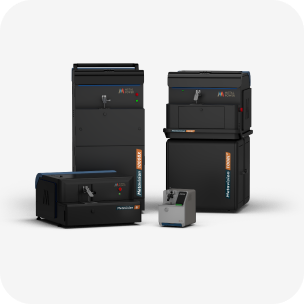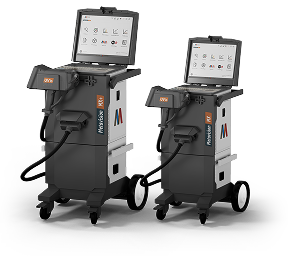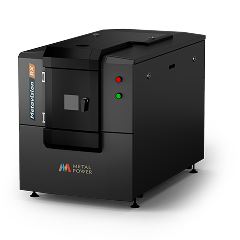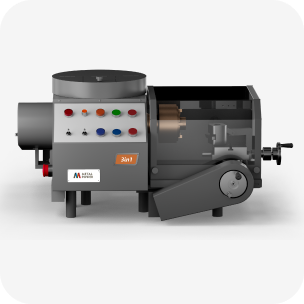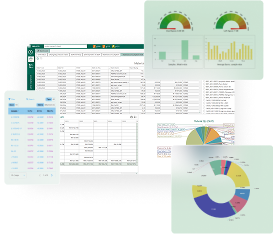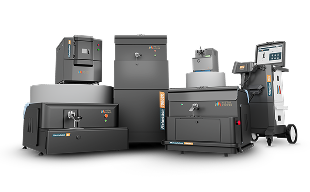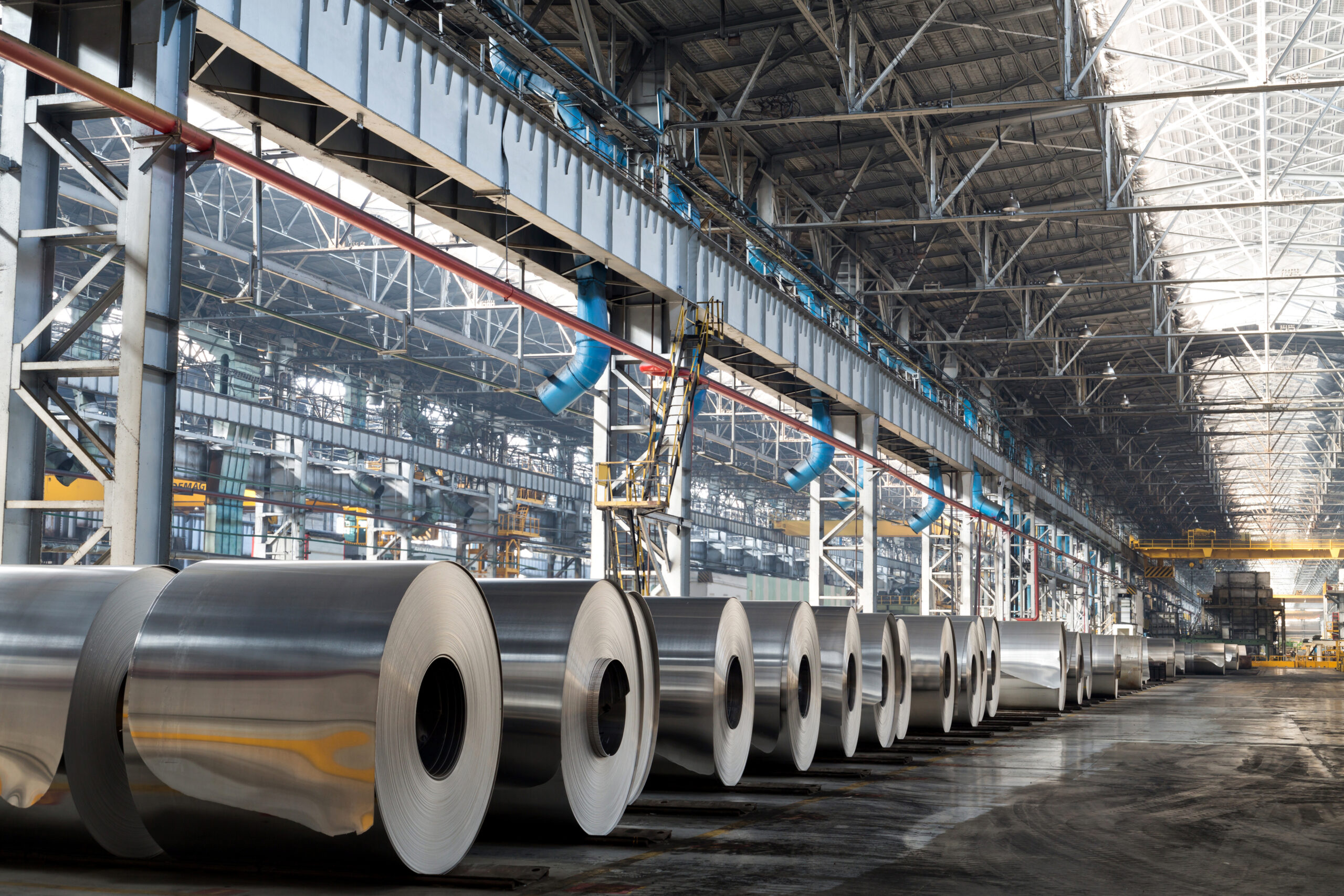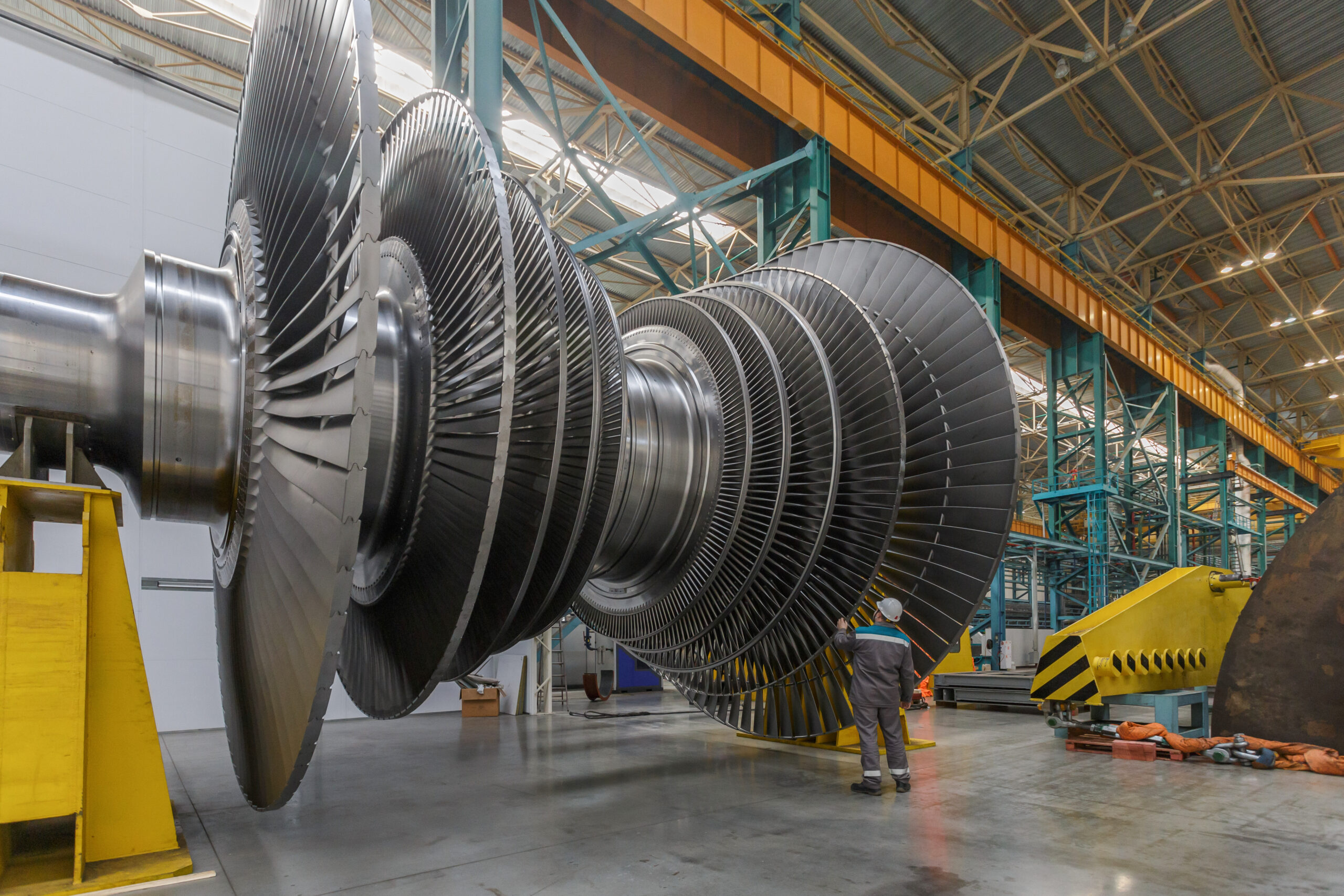
Client Profile
The client is a leading manufacturer of high-performance transmission cables, widely used in power transmission and distribution networks across India and overseas markets. With a strong focus on innovation and material engineering, the company develops, manufactures and supplies:
- Aluminium Conductor Alloys for overhead transmission lines.
- High-capacity conductors for long-distance, high-voltage transmission.
- Specialised grades tailored for high conductivity, low line losses, and optimal properties to withstand different environmental conditions. The R&D division works on developing special alloys to improve performance, while the Production team is responsible for translating these into production-scale and cost-effective manufacturing.
Given the critical role their products play in power infrastructure, achieving the highest levels of accuracy in raw material quality control and final product chemistry is essential. Even small deviations can impact one or more of the properties, such as conductivity, strength, and life of the cables.
Client Requirement
The client required an Optical Emission Spectrometer (OES) that offered a comprehensive suite of applications to:
- Support R&D efforts in the development of new aluminium grades
- Analyse all input materials
- Validate that production chemistry matched both customer specifications and R&D guidance
- Eliminate any mismatch between expectations and outcomes
Unique Difficulty
Despite adherence to a seemingly comprehensive array of process controls, the client faced two key issues:
- R&D Discrepancies: Some trial alloys did not perform as expected, and pilot lots required to be remade
- Production Variance: Chemistry of finished batches occasionally deviated from targets, despite precise raw material additions.
Upon a process study we conducted, both these issues were traced to likely stem from a key blind spot around the testing of Master Alloys. These were never tested and were assumed to match supplier certificates since their existing OES units didn’t analyse Master Alloys which are extremely difficult to even spark on account of their exceptionally high active element concentrations (B, Sr, Ti).
Metal Power Analytical Solution
Metal Power Analytical introduced the Metavision-10008X to customers and developed custom-built applications designed specifically for the analysis of Master Alloys. MPA’s applications team developed specialised aluminium-base programs catering to alloys with ultra-high concentrations of elements like Boron, Strontium, and Titanium, ensuring stable and reliable analysis even in these difficult alloys. Alongside accurate assessment of the concentration of the master alloying elements, these programs also delivered trace and tramp element detection down to sub-ppm levels, giving the client complete visibility and confidence in their raw materials. These programs were then used to test Master Alloy samples, and the analysis results for trace/tramp elements assisted the client in immediately identifying the causes of the variations and production discrepancies that they had been facing.
Results & Benefits
- Identified root cause of mismatches.
- Brought R&D and Production into full alignment.
- Significant cost savings through reduced scrap and rework.
- Strengthened independent quality control of Master Alloys.
Conclusion
Through the combination of the Metavision-10008X’s technical strengths and Metal Power Analytical’s application expertise, the client overcame bottlenecks and analytical challenges in aluminium alloy development and conductor manufacturing. By unlocking the ability to reliably analyse Master Alloys, the client achieved:
- Reduced timelines in R&D through elimination of errors
- Improved productivity on the shopfloor
- Greater synergy between R&D & Production
- Operational efficiency at scale
This case underscores how advanced, custom-built OES applications can directly impact R&D efforts, product quality, cost control, and competitiveness in high-performance metallurgical industries.
